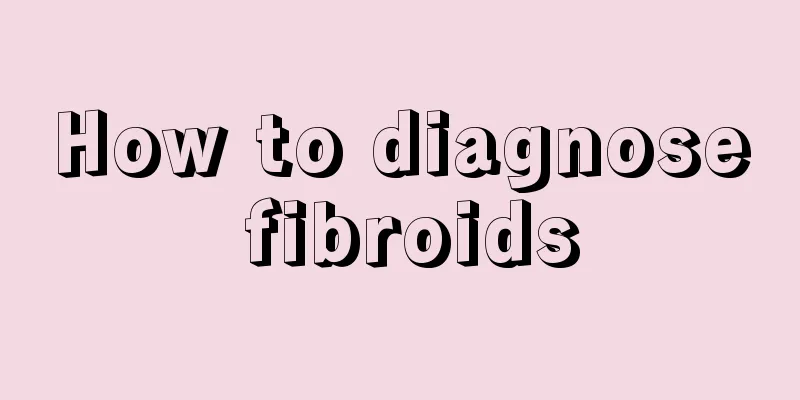What are arteries?

|
There are many groups of blood vessels in the body. Their types are different in terms of size and function. The most important blood vessels are the arteries. Arteries are also the largest and most important blood vessels in the body. If they rupture and the amount of bleeding increases, the patient is prone to death from excessive blood loss. Therefore, we must protect our arteries so that we can better avoid these accidents. So what are arteries? We can learn about this function from the following article. The human body's arteries include the aorta, innominate artery, common carotid artery, subclavian artery, vertebral artery and common iliac artery, the aorta capitis, the aorta cervicalis, the aorta femoralis, the thoracic aorta, the left common carotid artery, the left subclavian artery, the right common carotid artery branching off the brachiocephalic trunk, the right subclavian artery, the axillary artery, and the brachial artery. Structural features of arteries: The intima is composed of the endothelium, subendothelial layer, and internal elastic lamina. The subendothelial layer is located outside the endothelium and is a thinner loose connective tissue containing a small amount of smooth muscle fibers. The internal elastic lamina is composed of elastin and has many small holes. In the cross section of the middle artery, due to the contraction of the blood vessel wall, the internal elastic membrane becomes wavy and can be used as the dividing line between the inner membrane and the middle membrane. The media is thicker and is mainly composed of 10 to 40 layers of smooth muscle, so it is called muscular artery. There are small amounts of elastic and collagen fibers between the smooth muscles. The contraction and relaxation of smooth muscle fibers can control the size of the blood vessels and regulate the blood flow to the organs. In addition, smooth muscle fibers have the function of producing connective tissue and matrix. The thickness of the outer membrane is similar to that of the middle membrane and is composed of loose connective tissue. The outer membrane and the middle membrane are separated by an external elastic membrane, and small blood vessels, lymphatic vessels and nerves are distributed in the outer membrane. Structural features of arterioles and arterioles: The diameter of the artery is between 0.3 and 1 mm, and it is a small artery. The wall structure is similar to that of the medium artery, but each layer is thinner. The internal elastic membrane is obvious, the middle membrane contains several layers of smooth muscle, and the external elastic membrane is not obvious. The contraction and relaxation of smooth muscle can reduce the diameter of the artery and increase blood flow resistance. Therefore, small arteries are also called peripheral resistance vessels. Arterioles with a diameter of less than 0.3 mm are called micro-arterioles. Their walls are composed of endothelium and 1 to 2 layers of smooth muscle, and the outer membrane is relatively thin. According to their function, structure and location, arteries can be divided into: Smooth muscle type: This type of small blood vessels is located far away from the centrifuge (periphery) and is called resistance vessels because their smooth muscles can contract and expand the diameter of the blood vessels to maintain blood pressure stability (if this function is abnormal, it is called orthostatic dysregulation, and the patient will feel dizzy when standing up). Elastic type: This type of large proximal blood vessels can use their own elasticity to convert the fluctuating blood flow caused by heart beats into a steady fluid flow. This is the so-called air chamber effect. This can protect peripheral organs from being worn out by high and low blood pressure. However, when people suffer from arteriosclerosis, this function of the blood vessels will be weakened or even lost, leading to long-term high blood pressure or even ventricular hypertrophy, transient ischemic attack (brief loss of consciousness), stroke (excessive blood pressure can lead to massive bleeding, while low blood pressure can lead to ischemia), or a ruptured aneurysm. What are arteries? The above article analyzes arteries in detail, and now we also understand the importance of arteries to the body. Of course, general trauma will not affect the arteries. It can prevent deep cuts on the skin and arterial ruptures caused by other accidents. When an accident occurs, the patient will bleed profusely. The severity and location of the disease can be diagnosed based on the amount of bleeding, and emergency measures can be taken in time to prevent the harm from increasing. |
<<: What is gastrointestinal stagnation
>>: What are the aesthetic standards for human facial bones?
Recommend
Key points of rehabilitation training after laryngeal cancer surgery
Rehabilitation training after laryngeal cancer su...
How can breast massage promote milk secretion?
After experiencing a painful childbirth, breastfe...
What causes lumbar disc herniation
Lumbar disc herniation refers to a symptom of lum...
What to do if armpit is black
Armpits are a slang term in some places, which is...
What are the symptoms and signals of early bone tumors?
Bone and joint pain, bone lumps and movement diso...
How to calm anxiety
As living standards improve, people are under inc...
Can charcoal remove formaldehyde?
There are many ways to remove formaldehyde. If yo...
What are the harms of cola to men?
Carbonated drinks are every child’s favorite. The...
The efficacy and function of ox bile
Ox bile is the juice extracted from the bile of a...
Choose between yellow and pink liquid foundation
When we buy liquid foundation, we will find that ...
There are very small black bugs in the room
We all hope that the place where we live is clean...
What color is good for eyebrow tattoo
Colors are changeable, and we can see the shadows...
How to prevent mosquito bites
In hot summer, there are more mosquitoes. At this...
Can you still eat dead black fish?
Can you still eat dead black carp? If it dies of ...
How to correctly eliminate bulbous nose?
The nose is considered a very important part beca...









